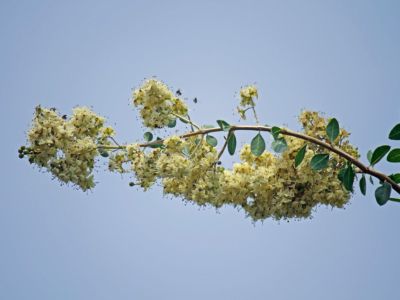Henna Tree Information
Where does henna come from? Henna, the staining paste that has been used for centuries, comes from the henna tree (Lasonia intermis). So what is a henna tree? It was used by the Ancient Egyptians in the mummification process, it has been used as a skin dye in India since antiquity, and it is mentioned by name in the Bible. Since its ties with human history are so ancient, it’s unclear where exactly it comes from originally. Chances are good that it hails from North Africa, but it’s not known for sure. Whatever its source, it has spread throughout the world, where various varieties are grown to produce different shades of dye.
Henna Plant Care Guide
Henna is classified as a shrub or a small tree that can grow to a height of 6.5 to 23 feet (2-7 m.). It can survive in a wide range of growing conditions, from soil that is quite alkaline to quite acidic, and with annual rainfall that is both sparse to heavy. The one thing it really needs is warm temperatures for germination and growth. Henna is not cold tolerant, and its ideal temperature is between 66 and 80 degrees F. (19-27 C.).
Using Henna Leaves
The famous henna dye comes from dried and pulverized leaves, but many parts of the tree can be harvested and used. Henna produces white, extremely fragrant flowers that are frequently used for perfume and for essential oil extraction. Although it has not yet found its way into modern medicine or scientific testing, henna has a firm place in traditional medicine, where nearly all of its parts are used. The leaves, bark, roots, flowers, and seeds are used to treat diarrhea, fever, leprosy, burns, and much more.
